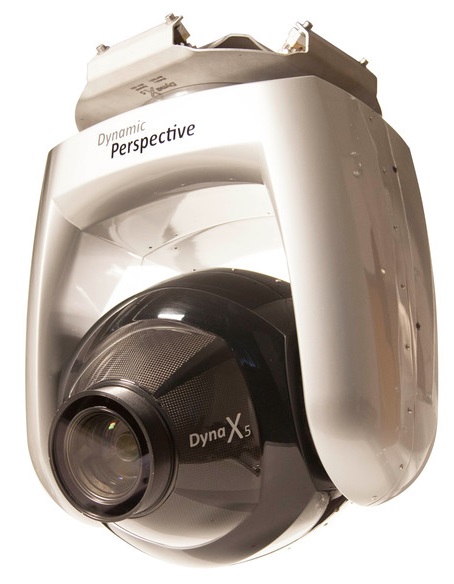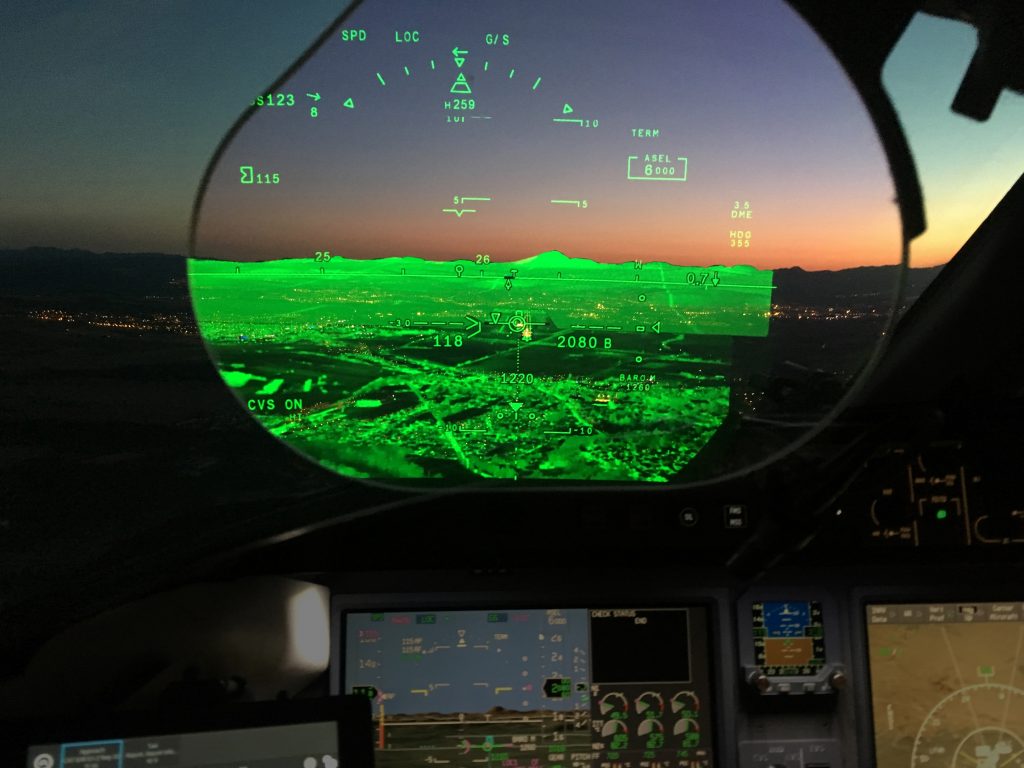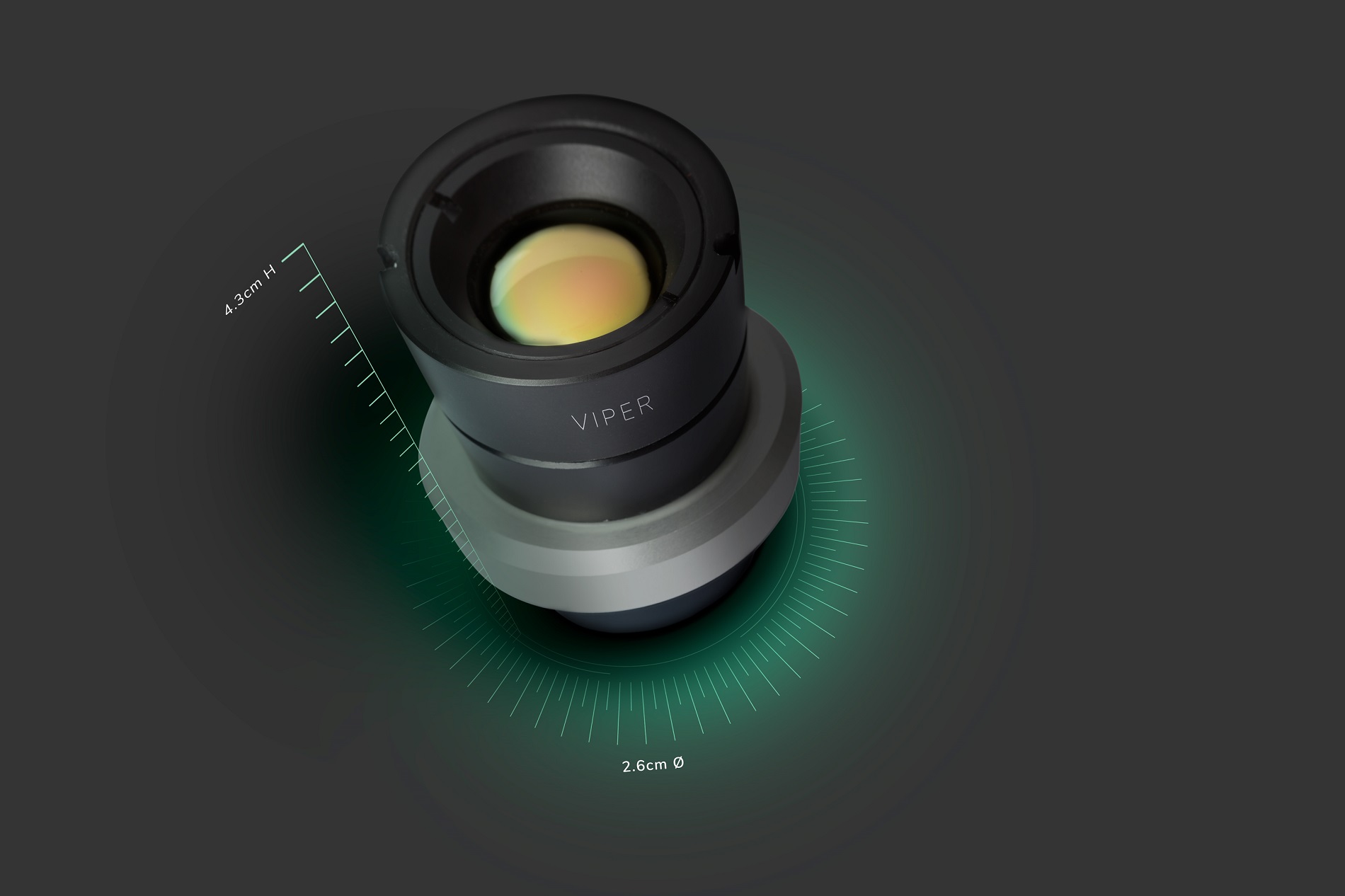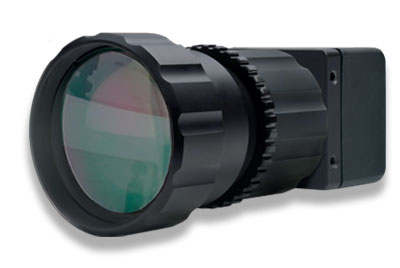2015-07-13
A shake-free video stream from inside a roller coaster - sounds unbelievable. That's an easy one for the new TV camera suspension system jointly developed by TU Wien and Dynamic Perspective. A camera gimbal featuring five rotational axes and high-performance control technology stabilizes the camera's line-of-sight accurately and dynamically, enabling best pictures even from light-weight remote-controlled aircraft. For live TV sports broadcasting and film production tasks, this technology opens up entirely new possibilities.
Clever, not heavy
"The simplest way to reduce shakiness in videos is to use a heavy camera system", Alexander Schirrer of the institute of mechanics and mechatronics of TU Wien says. A heavy camera system reacts so slowly that vibrations cannot produce significant image distortion. Weight must be minimized, however, if the camera system should be mounted on lightweight aircraft. The novel gimbal system weighs about 20kg including camera payload - a feasible load also for small aircraft, compared to up to a hundred kilograms of similar systems on the market.
TU Wien and Dynamic Perspective have researched and developed a novel high-performance control system for active camera gimbal stabilization for two years. A special cardanic suspension, the gimbal, has been developed. To arbitrarily rotate a camera in space, three rotational axes would suffice. Two more axes have been added to improve precision and responsiveness of the system's dynamics to boost the final pointing accuracy.

A carefully designed mechatronic setup and advanced control technology allow high-precision camera alignment even on small lightweight aircraft
(Abdruck honorarfrei, Copyright: Dynamic Perspective)
Thousands of measurements per second
Notably, a clean mechatronic setup is necessary, but it only provides the field for an advanced active control system: some thousand sensor measurements per second are taken from the camera's position and fed into a well-designed control algorithm. Its job is to compute optimal corrections to the camera's motion and command the electromechanic actuators so that vibrations cannot blur the camera's image. This happens in a time-frame of some hundred microseconds.
"Extensive computer simulations were carried out, then we were ready to deploy and test the control system on a gyrocopter in practice", Alexander Schirrer explains. The long research work paid off: "Even in dynamic flights, at maximum zoom and full HD resolution we achieve pin sharp images. This quality has been unaccessible in this application segment - until now."
"At up to 70% weight saved compared to existing systems, our gimbal is the first one that can be mounted on ultra-lightweight aircraft and drones - additional to conventional operation scenarios on helicopters, cranes, cars, and boats", says Peter Morawitz from Dynamic Perspective. "Thereby we can guarantee highest image stability, enabled by our control systems."
A new quality level for sports recordings
Hearing of the flying camera system, one may first think of action movies, however, it is mainly developed for TV / sports broadcasting. Contrary to cinematic film production, live sports events are broadcasted directly, largely without allowing for computer-generated animations or video post-processing. "The video material has to come out of the camera in perfect quality to be broadcasted directly - just this becomes possible with the system developed by us", Schirrer says. The systems is also applicable for precise scientific measurements, for example in the context of geographic information systems.















